We’ve had quite a cool spring season this year here in Maine. As a result of this cold weather, the blooming of a few types of flowers have been delayed. The following photograph are from what we have growing here so far. I have planted many flower seeds over the spring and hope to share more photographs as we move further into the summer months.
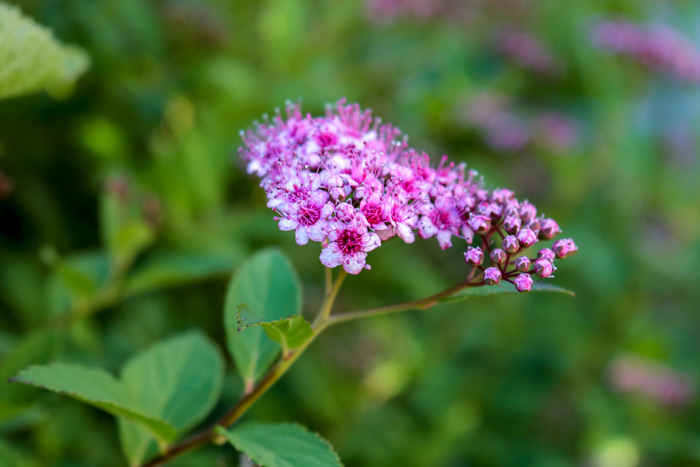
There are almost 80 to 100 species of Spiraea in the family (Rosaceae).
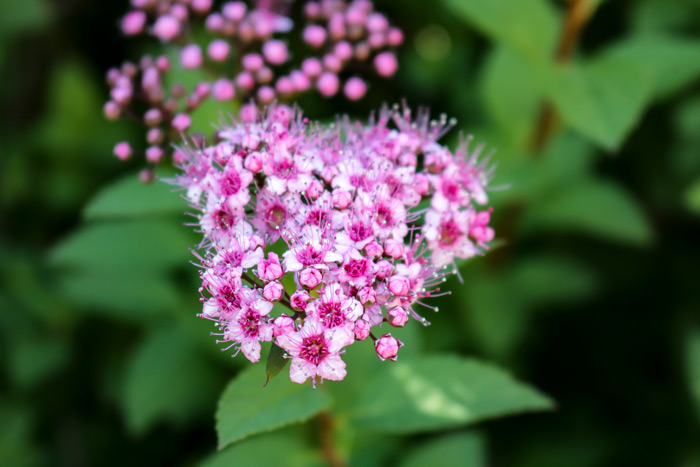
Spirea are easy to care for shrubs that flower best when grown in full sun.
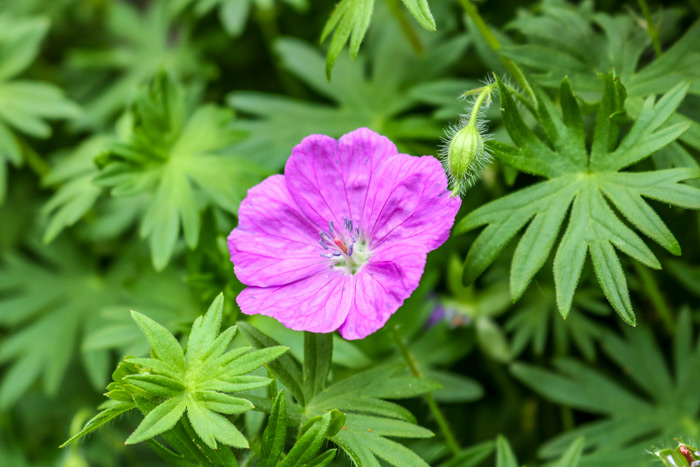
Geranium is a genus of 422 species of flowering annual, biennial and perennial plants that are commonly known as cranesbills in the family (Geraniaceae).
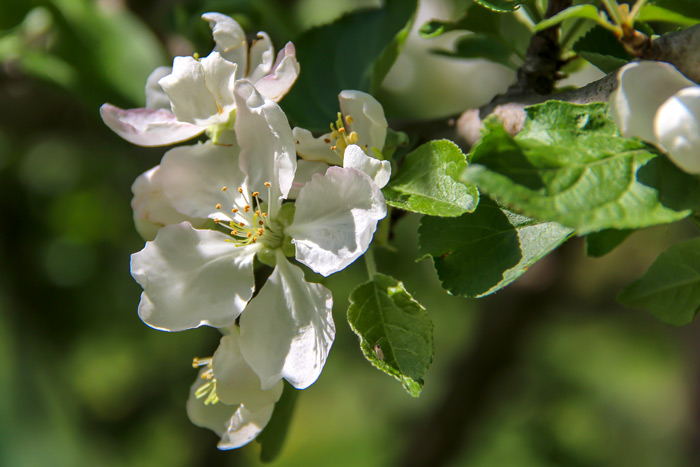
Apple blossoms (Rosaceae) are delicately colored and very fragrant during the springtime. Every year, our backyard is filled with a fragrance similar to that of sweet roses.

Most apple blossom petals are pink in color when the flower first blooms and they fade to white as the season progresses.
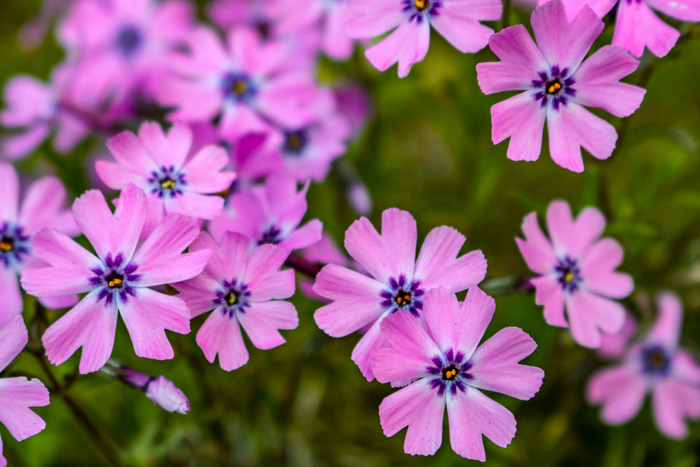
Creeping phlox (Phlox stolonifera) is a perennial with needle-like foliage with small starry, five-pointed flowers in red, pale purple, pink, white or bluish-purple. These flowers bloom in the spring and produces long, spreading stems, which become woody with age.
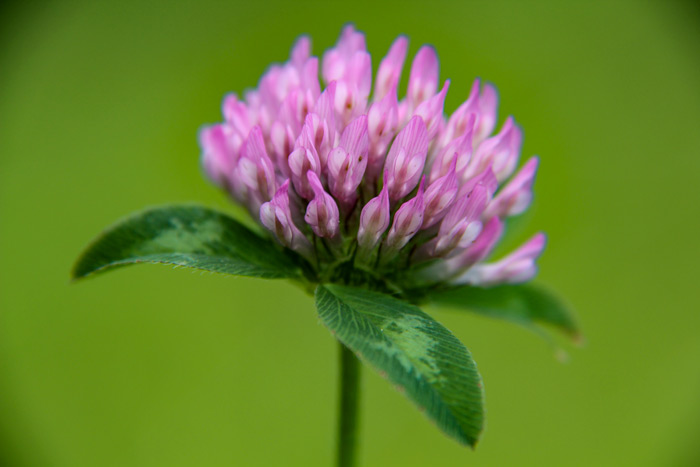
Red clover (Trifolium) is a distinct reddish round flower and has a head made up of numerous tubular-shaped flowers. Its green leaves have a white or pale green chevron on the upper side which helps to guide pollinator insects to the flower head.
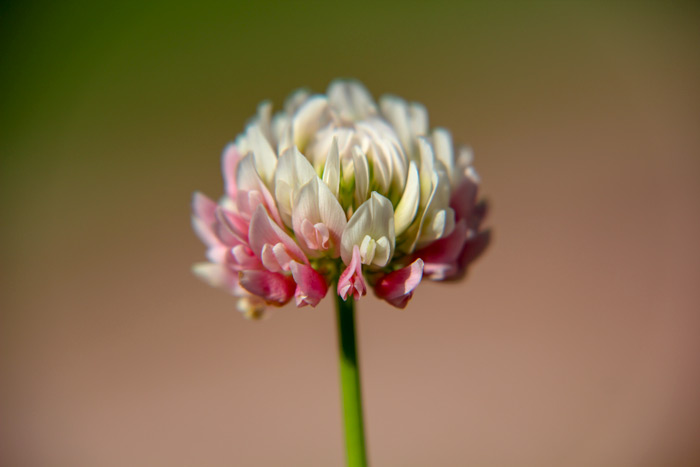
White clover (Trifolium repens) is a herbaceous, perennial plant. It is a low growing plant, with heads of whitish flowers, often with a hint of pink or cream that may come on with the aging of the plant.
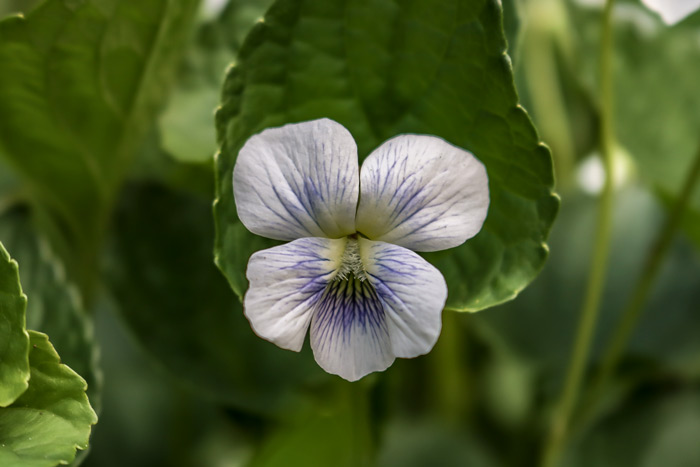
Sweet white violets are a flowering perennial plant in the Violet family (Violaceae).
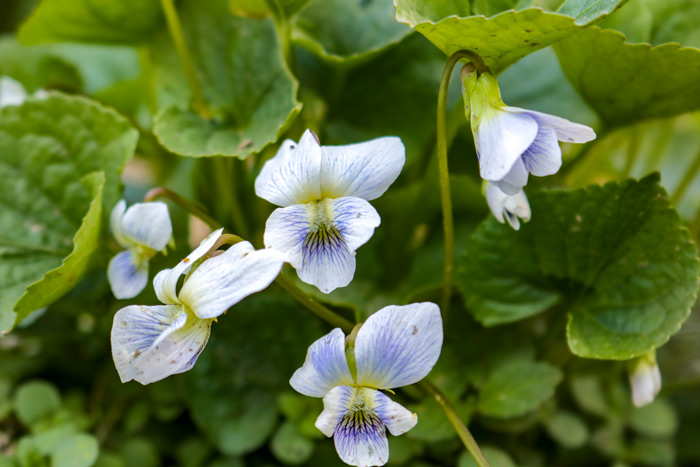
Sweet white violets (Viola blanda) begin from a basal clump of dark green heart-shaped leaves that give rise to fragrant white flowers on single stalks. Plants spread via seed and underground runners.

Blackberry blooms (Rubus Fruticosus) are produced in late spring and early summer. Each flower has five white or pale pink petals. We have these all over the property and at certain times of the day, the air smells very sweet.
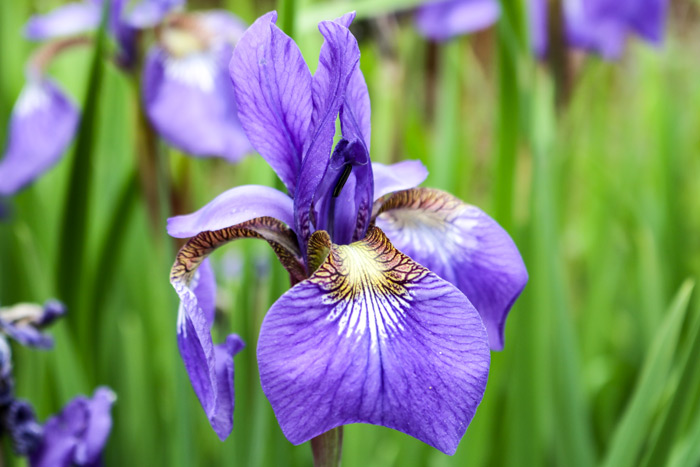
There are some 300 species in the genus Iris (Iridaceae).
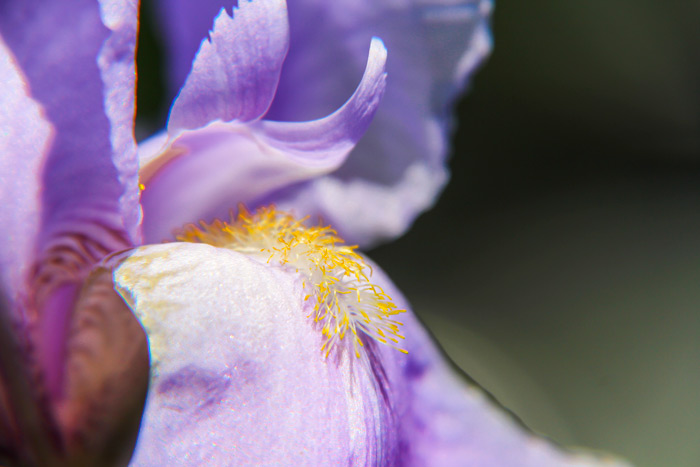
Iris (Iridaceae) have three large outer petals called falls and three inner upright petals called standards. The falls can have beards or crests. Bearded iris are called so, because they have soft hairs along the center of the falls. In crested iris, the hairs form a comb or ridge. Most irises flower in early summer and attract an array of butterflies and hummingbirds.
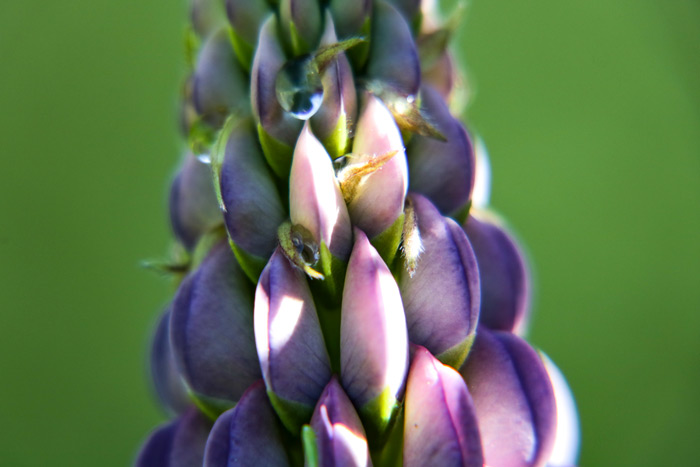
Lupine is a genus of flowering plants in the legume family, (Fabaceae). These are my favorite blooms in the garden so far. I planted a few seeds last spring and I wasn’t sure if these would grow. What a beautiful surprise!
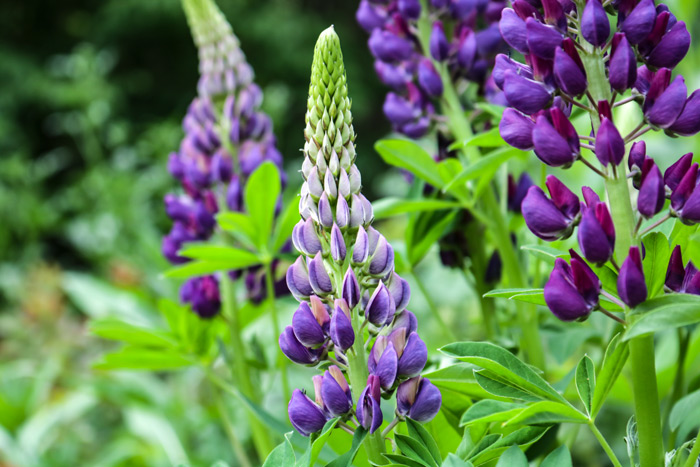
Lupines (Fabaceae) are mostly herbaceous perennial plants, but some are annual plants and a few are shrubs as well.
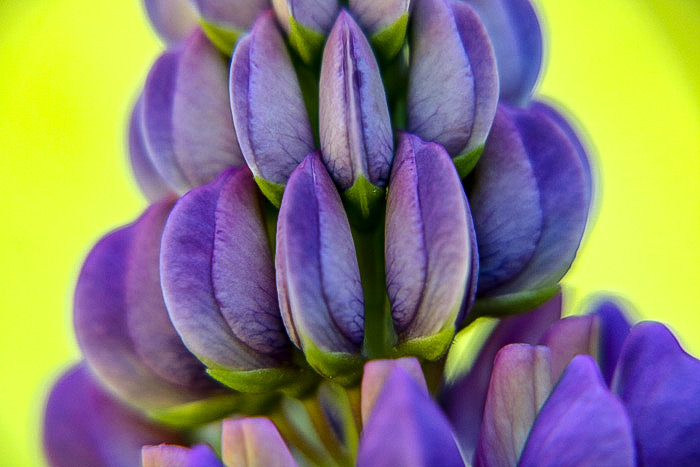
Lupines (Fabaceae) are erect spires that can reach up to 4 feet tall. In some varieties the flowers are bicolor blossoms that pair a set of white petals with a second set of petals in a primary color, creating a layered effect. Small pleated leaflets grow in rings around a central point, forming a cup-like shape.
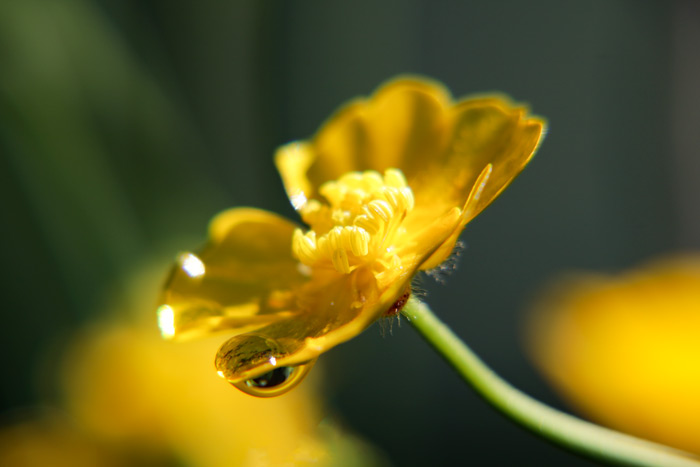
Buttercups (Ranunculus) also called crowfoot, consists of about 250-600 species of herbaceous flowering plants in the family (Ranunculaceae).
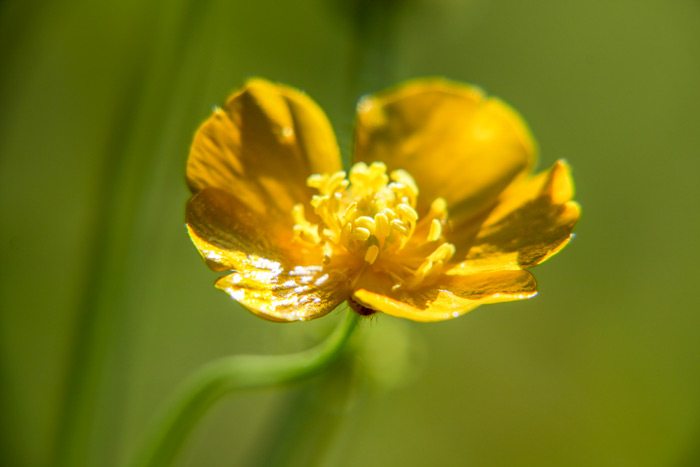
Buttercups grow in many different variations, but most can be identified by their yellow cupped flowers.
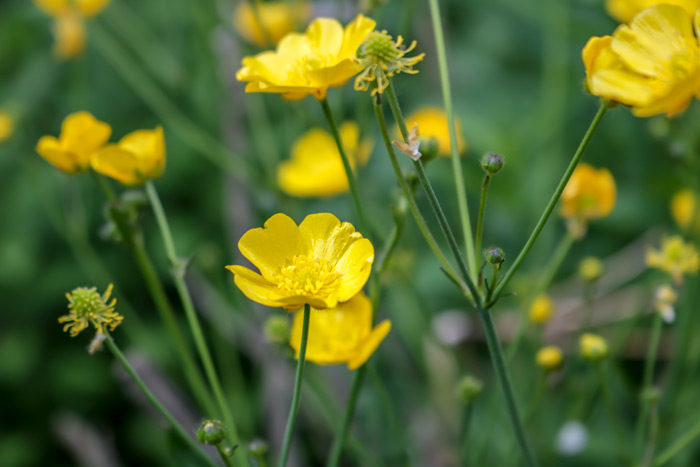
Buttercups often climb or sprawl, with leaves arranged in spirals.
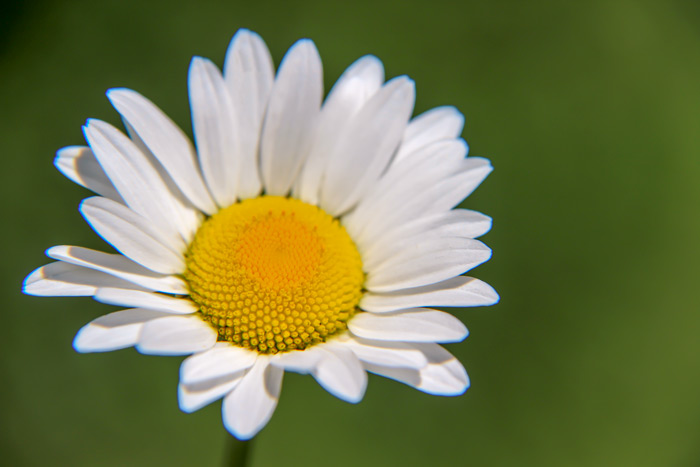
Daisies (Leucanthemum vulgare) bloom from late spring to autumn. These are a typical grassland perennial wildflower, growing in meadows and fields, under scrub and open-canopy forests.
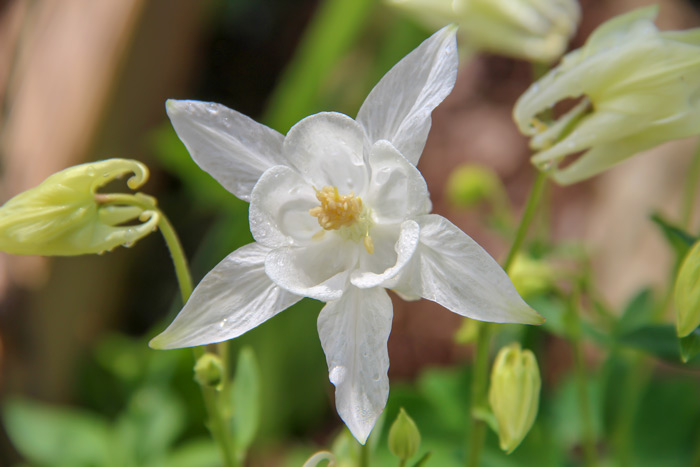
Songbird Dove Columbine (Aquilegia) are also known as granny’s bonnet and crowfoot. These white flowers are a herbaceous perennial with soft yellow centers that rise over medium green foliage. They also attract butterflies and hummingbirds and and ignored by rabbits and deer.
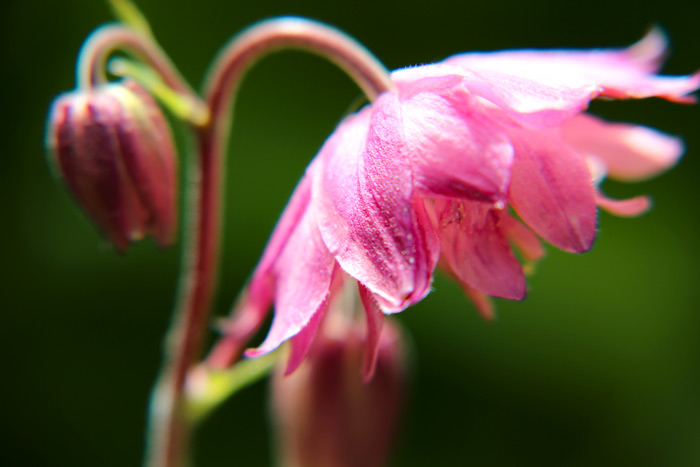
(Aquilegia) is also known as granny’s bonnet or columbine and is a genus of about 60–70 species of perennial plants that can found in meadows and woodlands. The leaves of this plant are compound and the flowers contain five sepals, five petals and five pistils. Underneath the flower are spurs which contain nectar, mainly consumed by long-beaked birds such as hummingbirds.

Hawkweed is a weedy plant of the genus (Hieracium) of the family (Asteraceae), consisting of more than 100 species. Some species are cultivated as garden ornamentals for their attractive flower clusters.
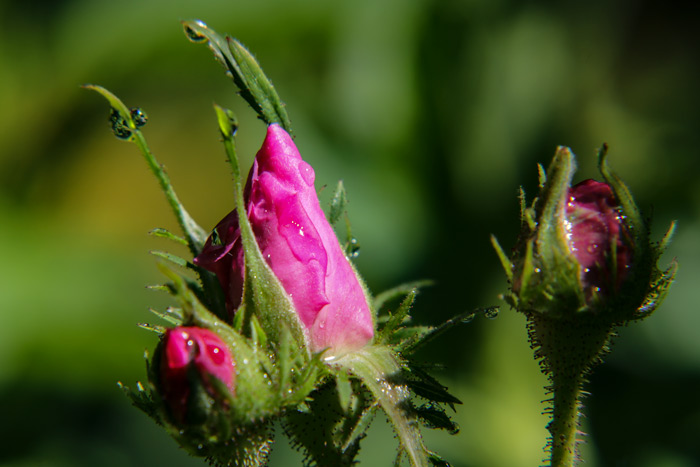
A rose is a woody perennial flowering plant of the genus (Rosa), in the family (Rosaceae). Roses form a group of plants that can be erect shrubs, climbing or trailing with stems that have thorns. These flowers vary in size and shape and are usually large and showy in color, ranging from white through yellows and reds.
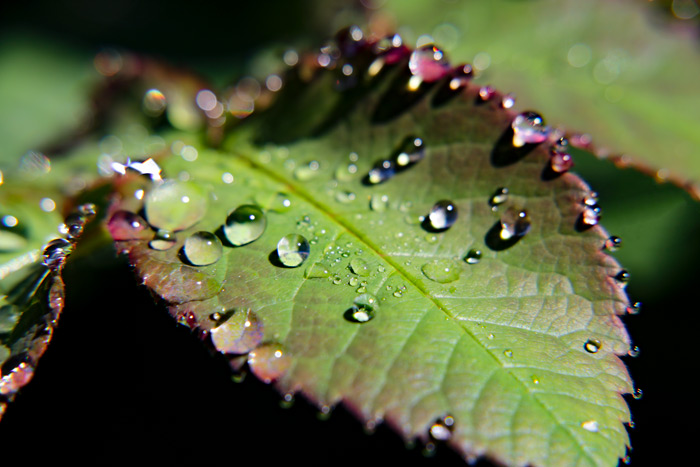
Leaves of a rose bush (Rosa) with freshly fallen rain droplets.

Tall Grass (Poaceae) covered in rain droplets.
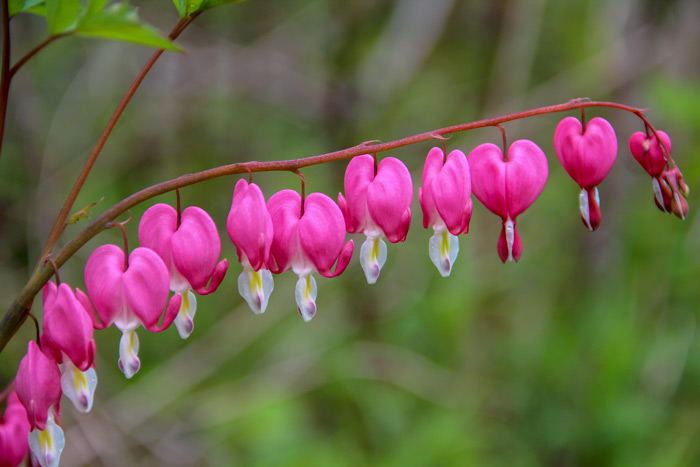
Bleeding heart (Lamprocapnos spectabilis) is a species of flowering plant in the poppy family (Papaveraceae). These plants are valued in gardens and in floristry for their heart-shaped pink and white flowers during the spring.
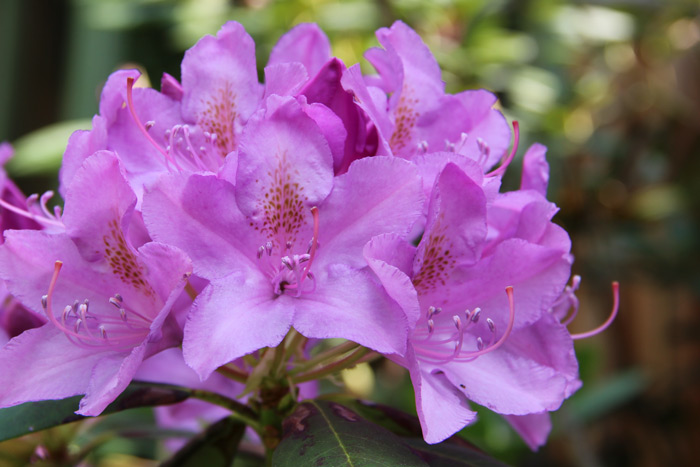
Rhododendron (Ericaceae) is an attractive flowering bush that is fairly low maintenance when properly planted. Most species have brightly colored flowers which bloom from late winter through to early summer.
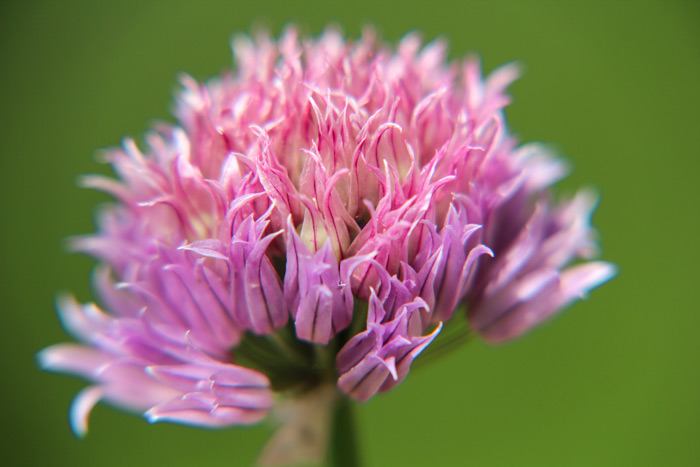
Garlic flowers (Allium Sativum) are the flowering seeds, or bulbils, of the garlic plant. They emerge at the top of the garlic’s above ground stem. Garlic flowers can be consumed when raw are cooked.
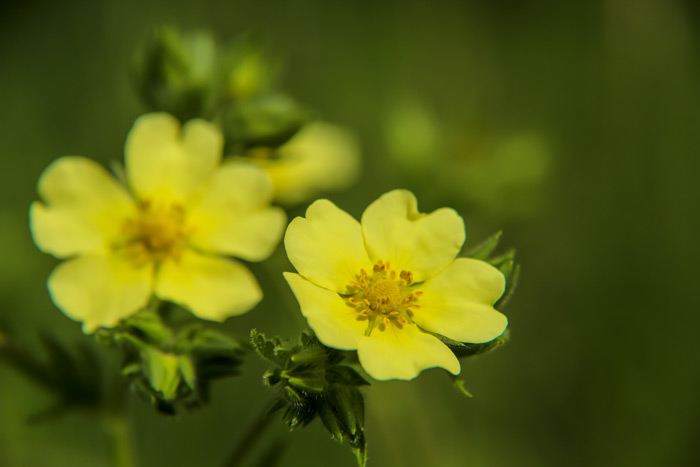
Potentilla usually called cinquefoil in English, is a genus containing over 300 species of annual, biennial and perennial herbaceous flowering plants in the rose family (Rosaceae). They have compound leaves of five leaflets and five-petaled yellow flowers. These flowers look similar to strawberries, but differ in usually having dry, inedible fruit.
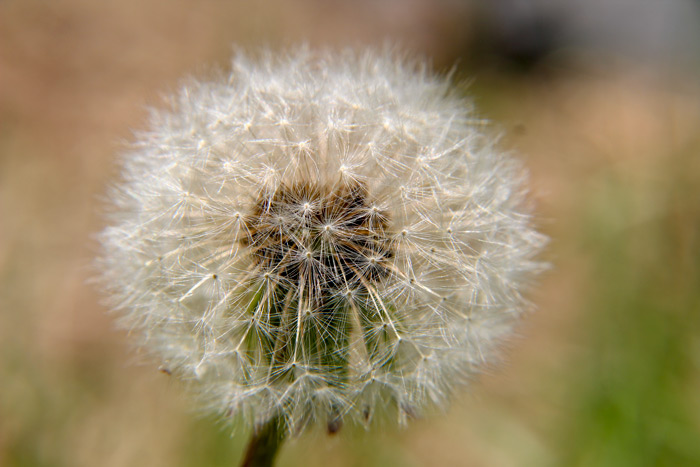
(Taraxacum) is a large genus of flowering plants in the family (Asteraceae), which consists of species commonly known as dandelions. The common name dandelion, comes from French dent-de-lion, meaning “lion’s tooth.” Each single flower in a head is called a floret. Although dandelions are an unwanted species in manicured lawns, they are one of the most vital early spring nectar sources for a wide host of pollinators and provide nutritional benefits for wildlife.
Leave a Reply